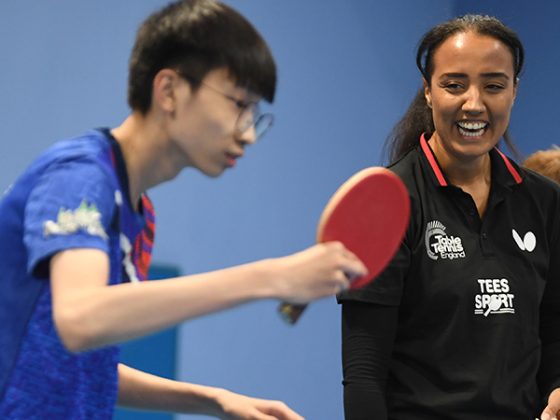You may have heard terms like inclusive cultures and positive impact. The field of Diversity & Inclusion in sports is rapidly evolving, faster than it ever has. In fact, it is transforming the landscape of the sports and society but what is Diversity & Inclusion and why is it important?
It is often assumed that diversity and inclusion are the same thing. However, there are some significant differences between the two.
Diversity is a fact. People are different from one another and come from a variety of backgrounds. Identifying the need for greater diverse representation is only the first step, studies have shown that diversity alone does not drive inclusion.
At its essence, an inclusive culture is one where anyone is respected, valued, feel they can authentically be themselves and that they have a voice. Feeling like part of a group might sound inclusive, but if an individual must conform or change themselves in some way to feel included, this is not true inclusion.
So, what does that have to do with table tennis, beyond the notion that everyone deserves the same treatment and opportunities? Today, awareness to blind spots and meaningful actions towards an inclusive culture in an organisation and sports clubs are important. We all have different experiences and by having lots of different people around it helps to improve on services and helps clubs grow in the dynamic, modern-day world.
Inclusion is a crucial connector that attracts diverse people. Building an inclusive culture needs to be more than numbers. It is about lasting behaviour change which can be achieved using the following approaches.
How to create an inclusive culture
1) Understand how inclusive your club is
Consult with a diverse range of people who attend and support your club and get their views on how inclusive the culture is. This could be done by anonymised questionnaires.
Analyse the results. This will allow you to identify key themes and show areas for improvement.
2) Create inclusive culture actions
By this point you should understand areas of your club culture that might be hindering a fully inclusive environment. It is important to not just focus on improvements, it’s great to hear what you are doing well too. From here, design actions that will have the greatest benefit. There will need to be a clear road map of actions developed.
Group design is a great method so that adaptation doesn’t have to be left to one person. A collaborative approach with a consultation group is a great method to allow for diversity of thought.
3) Develop more inclusive processes, build inclusive mindsets
Maybe your club has always historically recruited new participants in a certain way. This presents a great opportunity to try something new.
Whether that something new is ensuring you have a buddy system on a new member’s first session or having blind assessments on all job or volunteer recruitment applications, there are lots of things to try.
4) Form two-way communication between club leaders and all its members.
A club’s culture should continually evolve. To embrace inclusion and respectful behaviours a two-way line of communication must be open, which is a sign of a positive culture. Be comfortable in being uncomfortable, having thoughts challenged is all part of the process. Remember the common goal is forming an environment which supports, promotes, and hears all voices.
Sport England Club Matters offers a range of free to access resources to help clubs reach different audiences by creating an inclusive culture and understanding different audiences. These resources can be accessed by clicking here.





